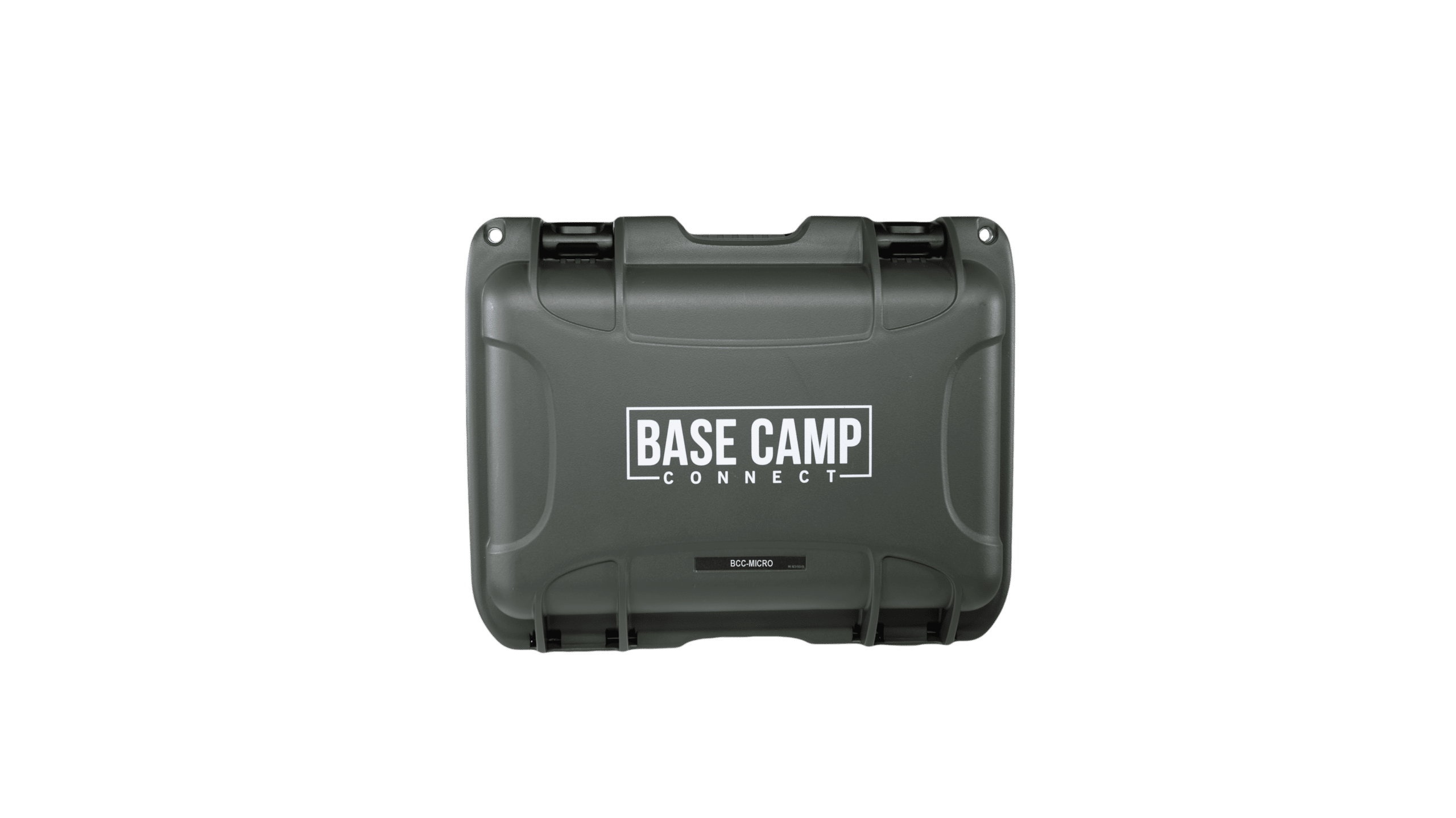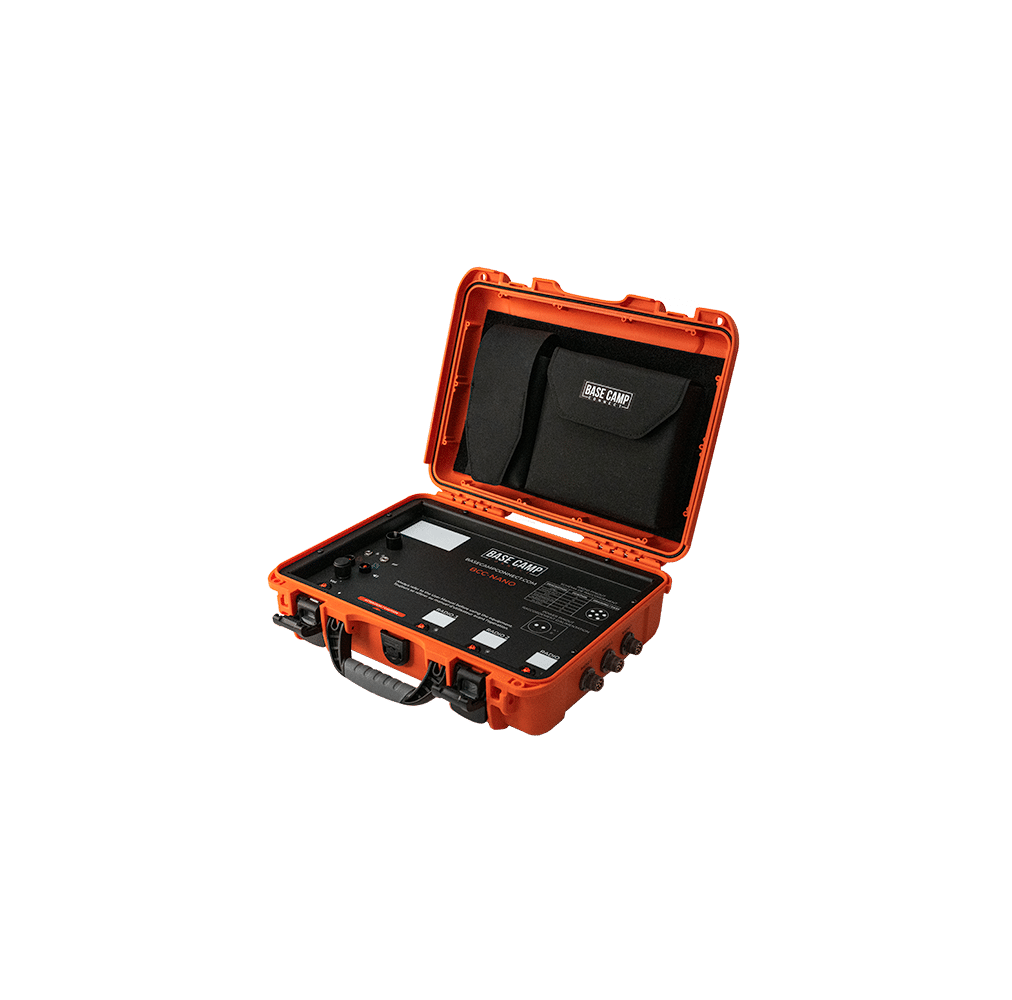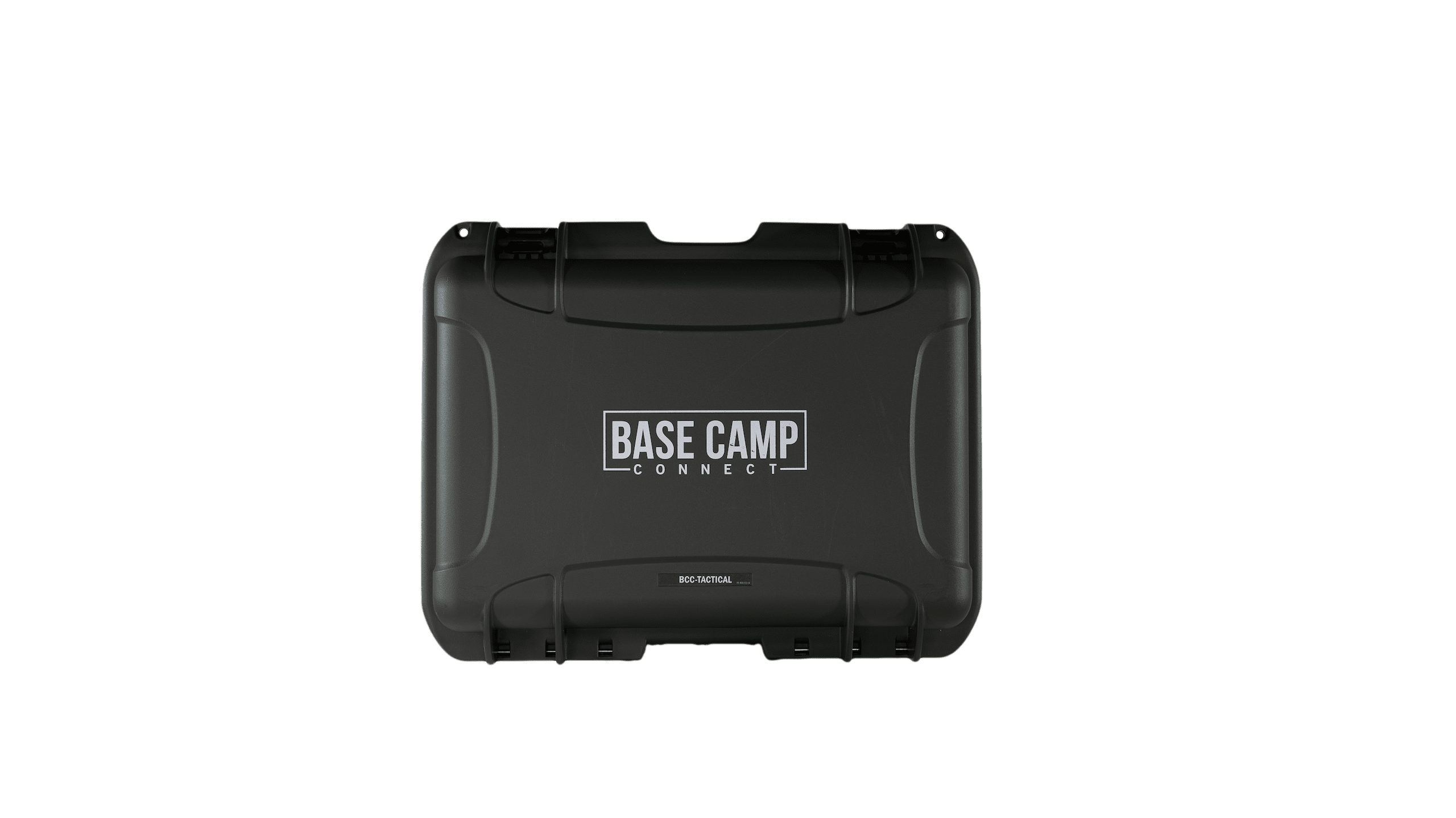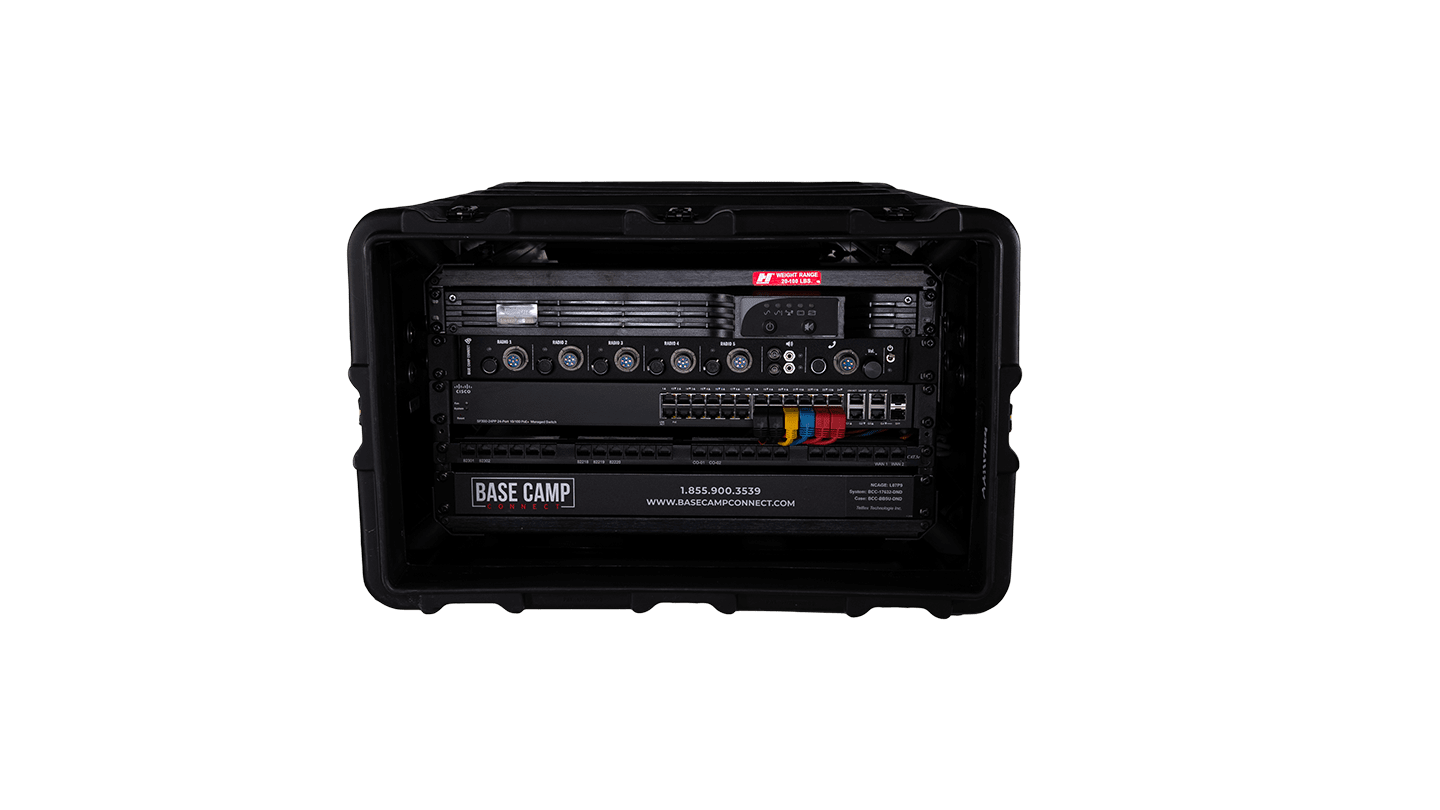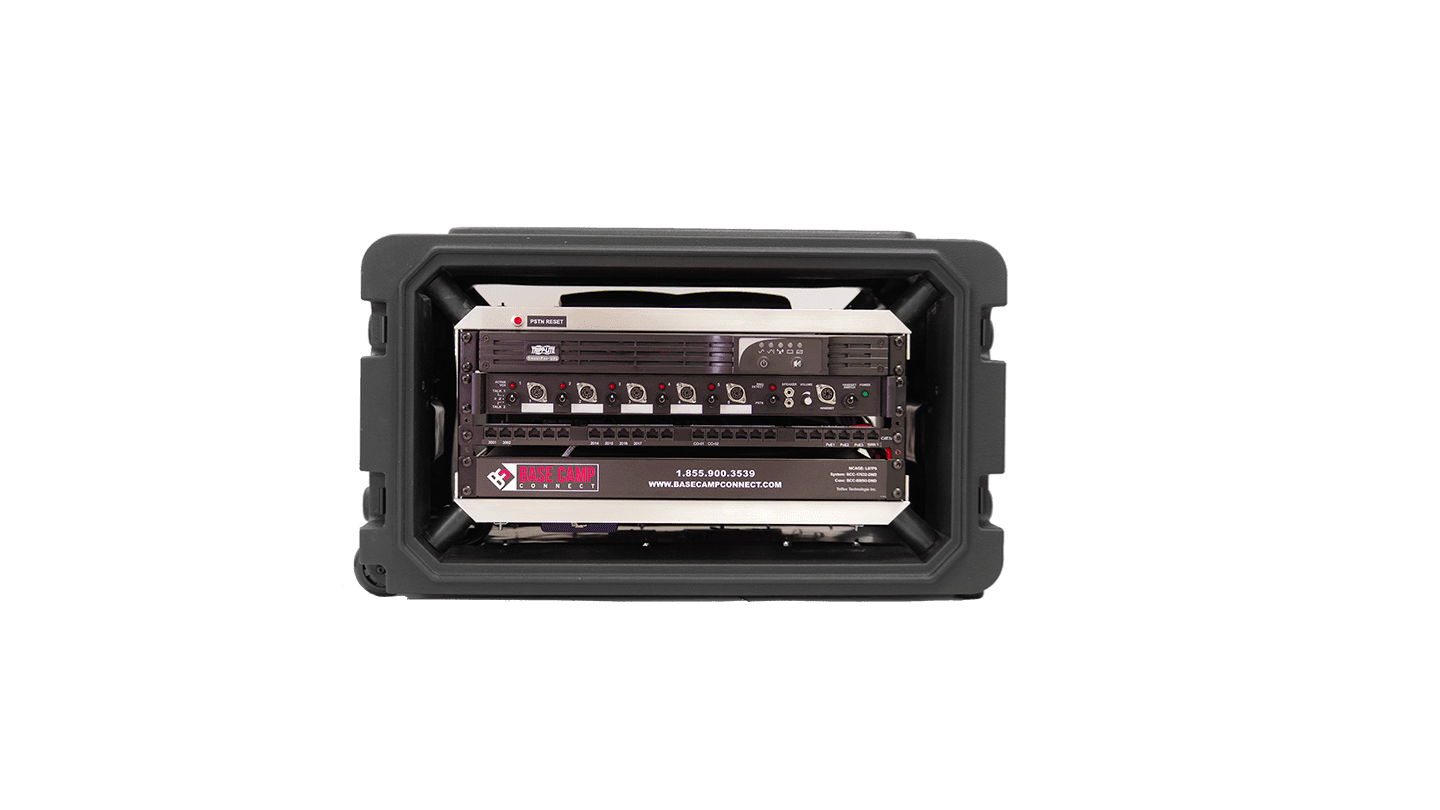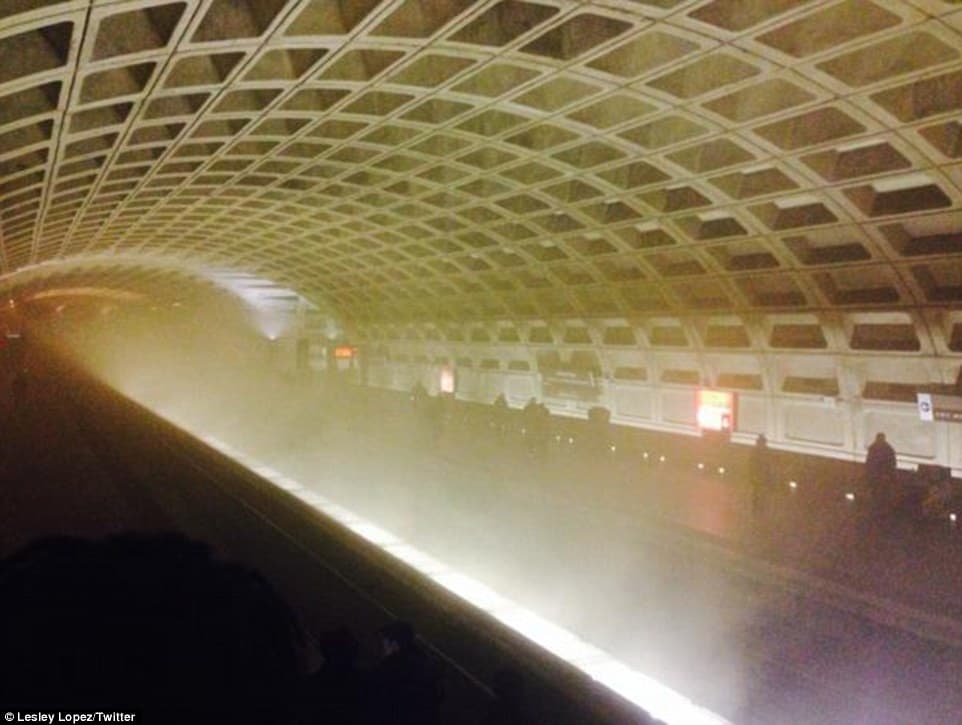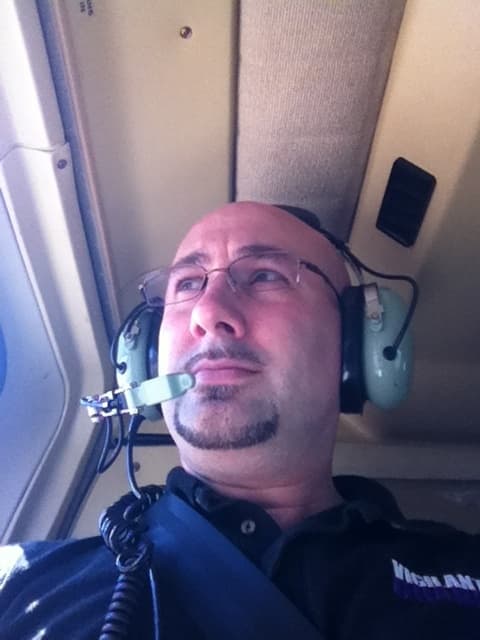Push-to-talk. A responder’s favorite button. With it, responders can communicate tactics, convey safety messages, and request resources. But what happens when you push that button and no one can hear you – or you can’t hear them?
This scenario happens every day in jurisdictions all around the world. Dead battery. Mountain. Storm. Solar flare. Tunnel. Building. Utility outage. There are so many possible causes, many of which most responders have experienced through their careers. Here’s just one example… In January 2015 smoke filled the L’Enfant Plaza Metro Station in Washington, DC. Stranded passengers had to be evacuated by first responders through the thick smoke. 84 passengers were hospitalized and one died. There was one big problem in the tunnels that day hampering the response… radio communications were out. This article in the Washington Post tells of many of the complications that resulted from the radio failure.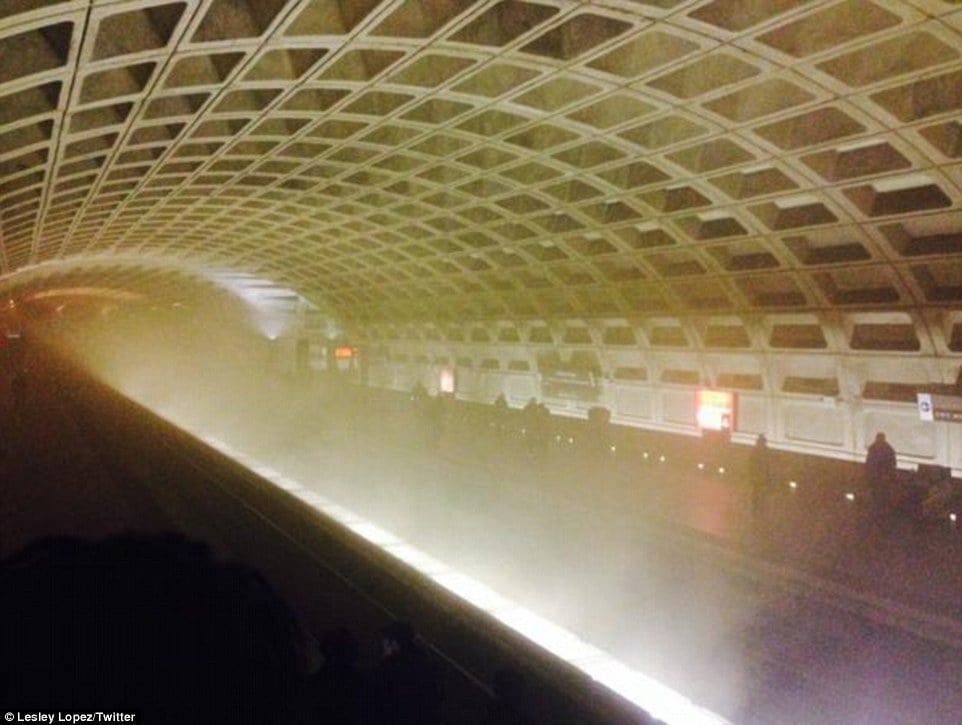 Practically anywhere I’ve worked – rural or urban areas – responders express complications with radios. They tell of ‘dead zones’ within their jurisdictions where radios won’t work, usually because of geography and the radio’s inability to reach a tower. In many areas, this is remedied with cell phones, although in some of these areas, even cell phones show no bars. Take a drive through Vermont’s Green Mountains, and you’ll see what I mean. This lack of communication is more than just a frustration or an inconvenience – it’s a serious life safety issue.
Practically anywhere I’ve worked – rural or urban areas – responders express complications with radios. They tell of ‘dead zones’ within their jurisdictions where radios won’t work, usually because of geography and the radio’s inability to reach a tower. In many areas, this is remedied with cell phones, although in some of these areas, even cell phones show no bars. Take a drive through Vermont’s Green Mountains, and you’ll see what I mean. This lack of communication is more than just a frustration or an inconvenience – it’s a serious life safety issue.
The US Department of Homeland Security defines the Operational Communications Core Capability as ‘Ensuring the capacity for timely communications in support of security, situational awareness, and operations by any means available, among and between affected communities in the impact area and all response forces.’ Yes, we can certainly use any means necessary, but we also need to identify what may or may not be practical, timely, and convenient. This is why it is important to evaluate the different possibilities.
Cost is also another important consideration. The ‘easy’ solution to the problem is often the installation of more towers. This solution, however, has a number of barriers, including planning, time, and money – more so than other potential solutions. Land acquisitions and lease agreements, public comment periods, procurement processes for vendor selection – they all take planning, time, and money; perhaps more than you have available – especially if you have multiple dead zones to address.
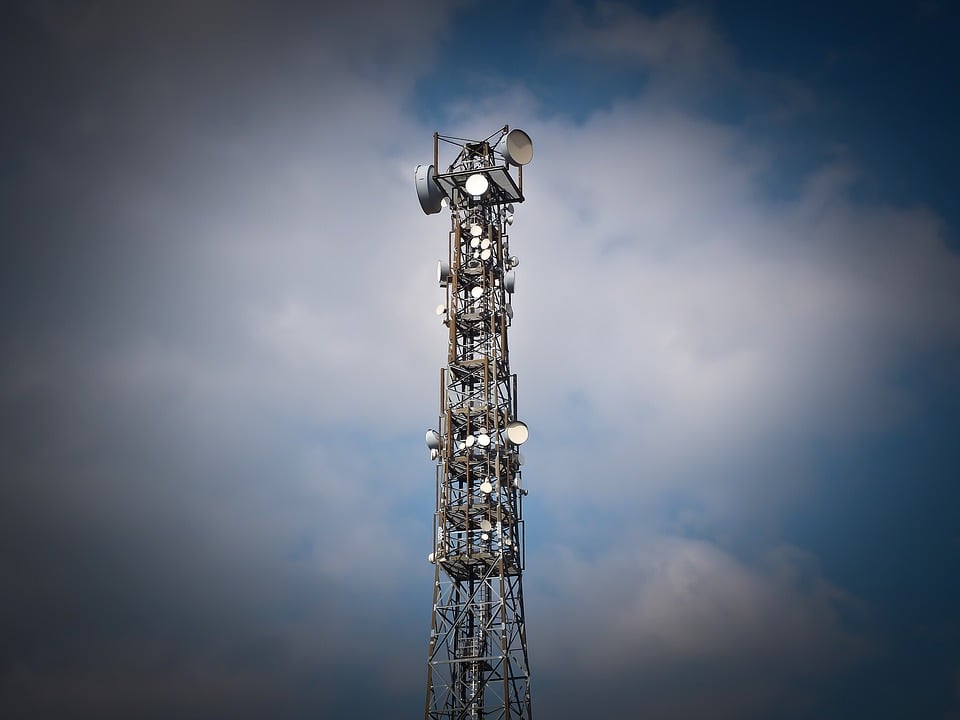
What other solutions are available? Many organizations have opted for satellite phones, which are an excellent idea and certainly more cost effective than an installation of a tower. While satellite phones do not have the terrestrial limitations which radio systems do, they can still be impacted by weather and even by geography, particularly if you are in a deep valley, which limits the number of satellites the phone can link with. Along the same lines, satellite phones are nothing but expensive paper weights in buildings and tunnels. Used largely just like a regular phone, you must know the number of who you are calling – and they must know yours. You also can’t communicate to a group as easily as you could with a radio. Similar to a cell phone, satellite phones are a great solution for small incidents that require limited contact with outside entities, such as dispatch, but are impractical for larger incidents.
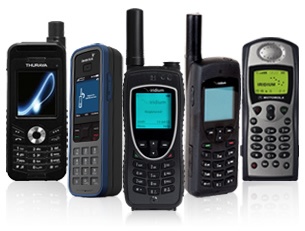
Mobile repeaters may be one of the better solutions available, particularly if there are multiple trouble spots and the installation of permanent radio towers are not likely to happen for years to come. Obtaining and using a mobile repeater still takes planning, time, and money; but provides a great deal of flexibility. The technology has also advanced significantly in recent years, often no longer requiring a dedicated vehicle or tow-behind, as mobile repeaters can be installed in many existing vehicles. Similarly, they typically don’t require a radio technician to operate – just someone to flip a switch. There is still some planning required to maximize use, as identifying ideal positions for mobile repeaters to maximize functionality for dead zones can require a lot of trial and error. Just be sure you document that sweet spot and provide location information in the vehicles – along with training personnel. While the cost isn’t massive, it is still an investment, and just like any other hardware, it’s not guaranteed to work.
These and other options are available to help responders deal with communications dead zones. Remember that communications are our lifeline, so it’s imperative that we are able to communicate outside the incident. While costs may prohibit your organization from applying the best solution immediately, implement what you can for the most effective short-term solution while you do some financial planning, grant applications, and political maneuvering to ultimately obtain the ideal solution. Communications save lives.



